Edited by Mikkel Hyldebrandt
Horror has always been a genre where outsiders thrive. Whether it’s the misunderstood monster, the masked killer, or the survivor who refuses to die, horror stories are built on tension, repression, and the fear of being different — all themes the LGBTQ+ community knows intimately.
For queer audiences, horror isn’t just about jump scares and gore. It’s about seeing reflections of ourselves — sometimes explicit, often symbolic — in the fight to exist, to be seen, and to reclaim power in a world that fears what it can’t understand. From queer-coded vampires to slashers who wear masks for more than one reason, here are some of the best horror and slasher films to watch through a fabulously queer lens.
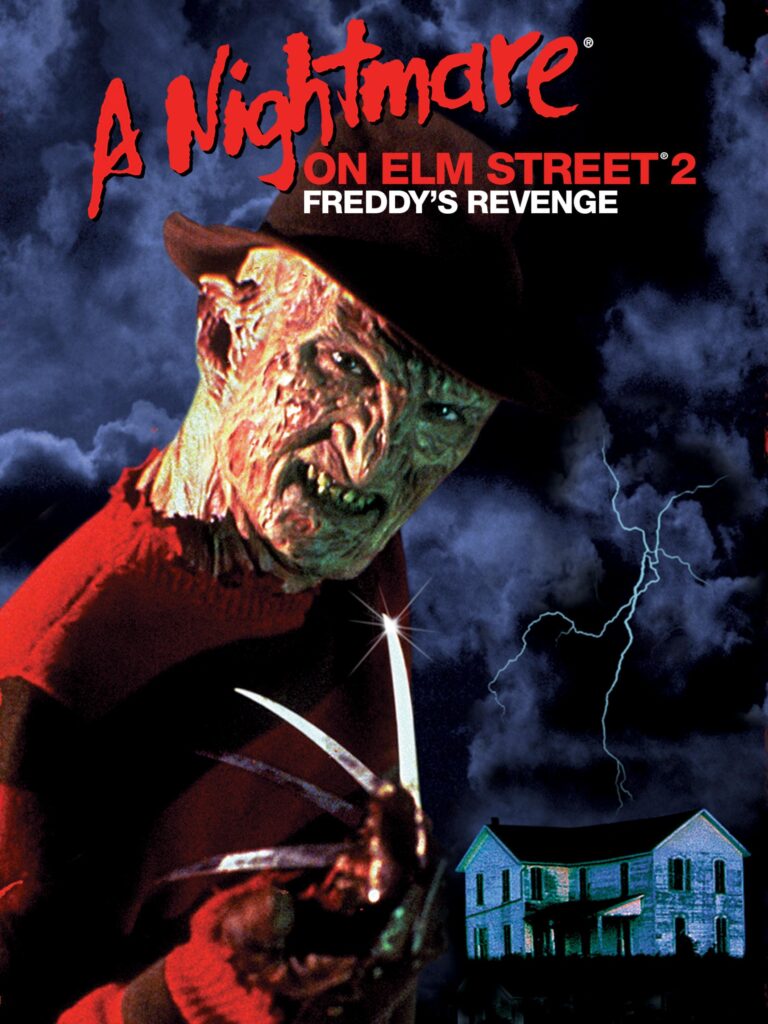
1. A Nightmare on Elm Street 2: Freddy’s Revenge (1985)
Often called “the gayest horror movie ever made,” this sequel has earned a cult following for its not-so-subtle homoerotic undertones. The story follows Jesse, a teenage boy who’s being possessed by Freddy Krueger — or, more symbolically, his own repressed desires.
There’s locker-room tension, shirtless wrestling, and an energy that screams “closet horror.” Star Mark Patton, himself a gay man, has since embraced the film’s legacy, calling it a reflection of the queer fear and shame so many felt in the 1980s.
Why you should watch: It’s campy, subversive, and unintentionally queer in the best way — a time capsule of repressed identity bursting through the cracks of Hollywood horror.
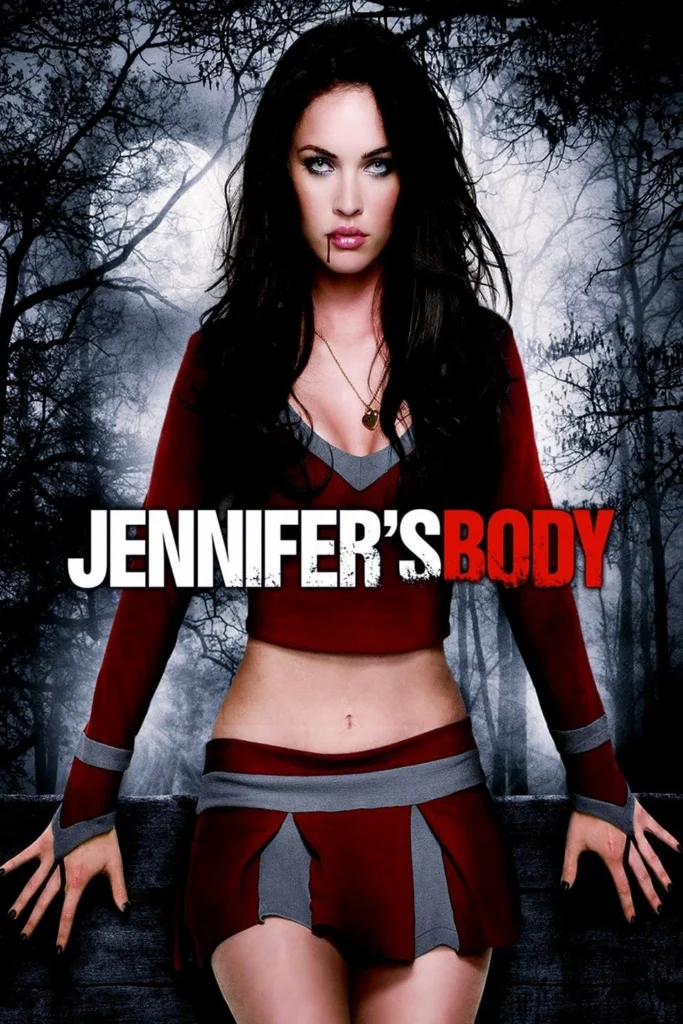
2. Jennifer’s Body (2009)
This cult classic flipped the male-gaze slasher genre on its head. Megan Fox stars as Jennifer, a high school queen bee turned literal man-eating demon, while Amanda Seyfried plays her loyal (and possibly in love) best friend, Needy.
Beneath the bloody humor and sharp one-liners lies a story about toxic female friendships, queer longing, and the monstrous side of sexual awakening. The kiss between Jennifer and Needy isn’t just fan service — it’s a confrontation of desire, jealousy, and blurred identity.
Why you should watch: Written by Diablo Cody and directed by Karyn Kusama, it’s a feminist, bisexual fever dream that’s finally getting the queer appreciation it deserves.
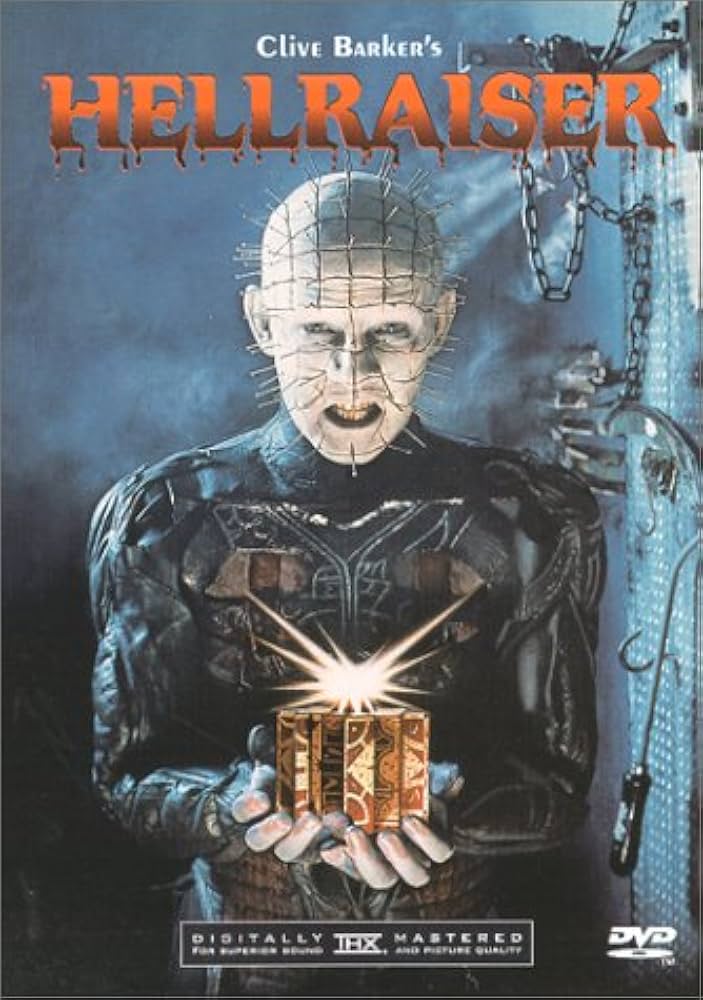
3. Hellraiser (1987)
Clive Barker, an openly gay horror master, gave the world Hellraiser — a film about pleasure, pain, and the limits of human experience. The sadomasochistic Cenobites, led by the iconic Pinhead, aren’t your typical villains. They blur the line between ecstasy and agony, desire and destruction.
Barker’s own experiences in the 1980s gay leather scene heavily influenced the film’s aesthetics — leather, chains, body horror, and erotic power dynamics. It’s an unapologetically queer piece of horror history.
Why you should watch: It’s kinky, intelligent, and visually stunning — a bold, queer exploration of desire and identity through horror’s most sensual lens.
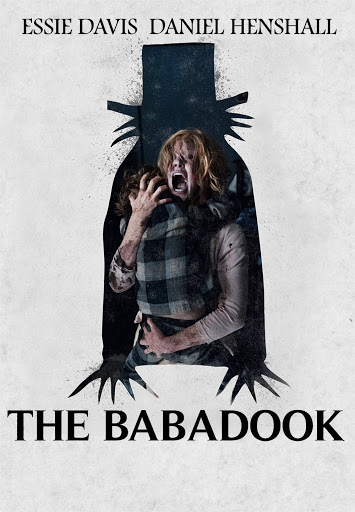
4. The Babadook (2014)
What started as a psychological horror about grief became an internet meme and then, somehow, a queer icon. The Babadook, with its shadowy monster and themes of suppressed trauma, struck a chord with queer audiences who saw themselves in its metaphor for repression and identity.
The titular creature became a symbol of the queer experience: something society tells you to hide but that demands acknowledgment.
Why you should watch: It’s a gorgeously made, emotionally charged film that doubles as an allegory for the pain — and power — of living your truth.
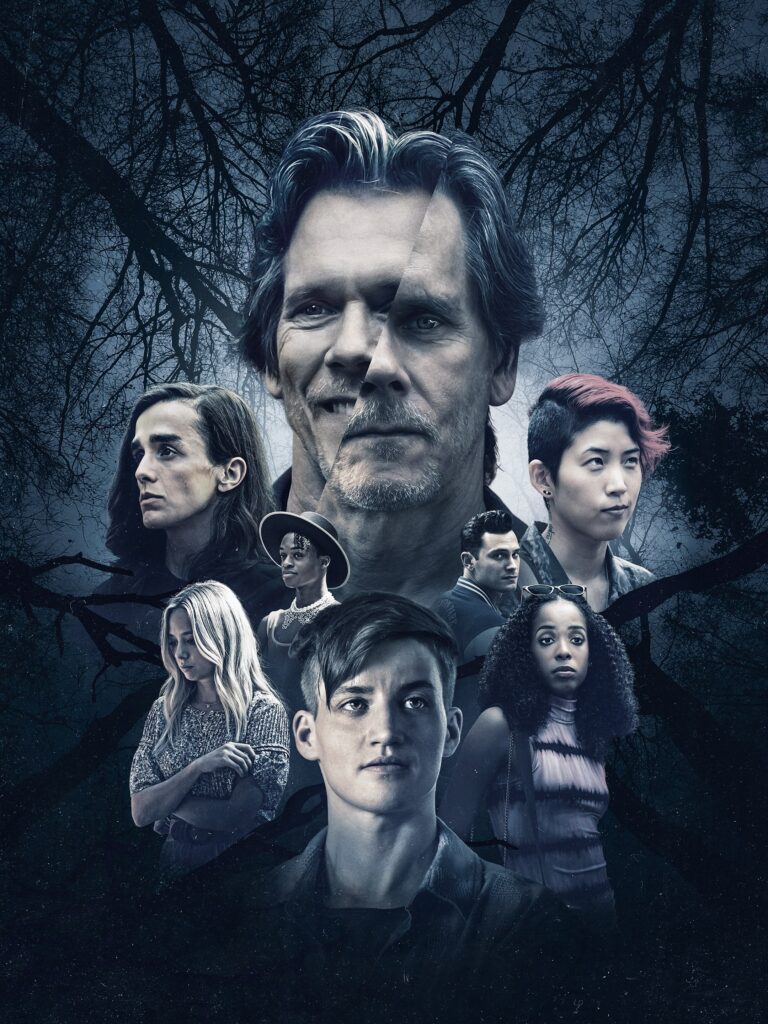
5. They/Them (2022)
Finally, a slasher that doesn’t dance around queerness but dives right in. Set in a conversion therapy camp, this Blumhouse horror follows a group of queer and trans teens who must survive both psychological manipulation and a masked killer.
While not perfect, They/Them (pronounced “They Slash Them” — genius) takes direct aim at anti-LGBTQ+ institutions, turning survival into an act of rebellion. Kevin Bacon stars as the camp’s sinister leader, but the real stars are the queer teens who fight back — literally and metaphorically.
Why you should watch: Representation, reclamation, and revenge — all wrapped in a clever slasher package that says, “We’re not victims anymore.”
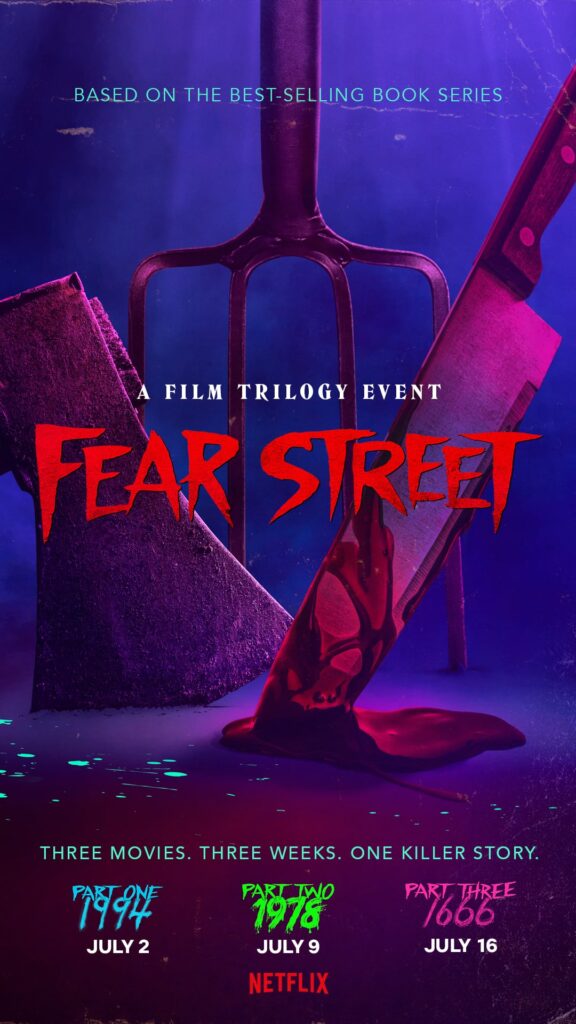
6. Fear Street Trilogy (2021)
Netflix’s Fear Street trilogy — especially Part Two: 1978 — is a bloody, nostalgic nod to queer love in the horror canon. The story spans decades, but its heart lies in the romance between two young women trying to survive both a supernatural curse and small-town bigotry.
By centering a queer relationship at the core of the narrative, the trilogy makes the radical statement that queer love deserves to survive.
Why you should watch: It’s fast-paced, stylish, and refreshingly queer — the kind of slasher saga we always wanted growing up.
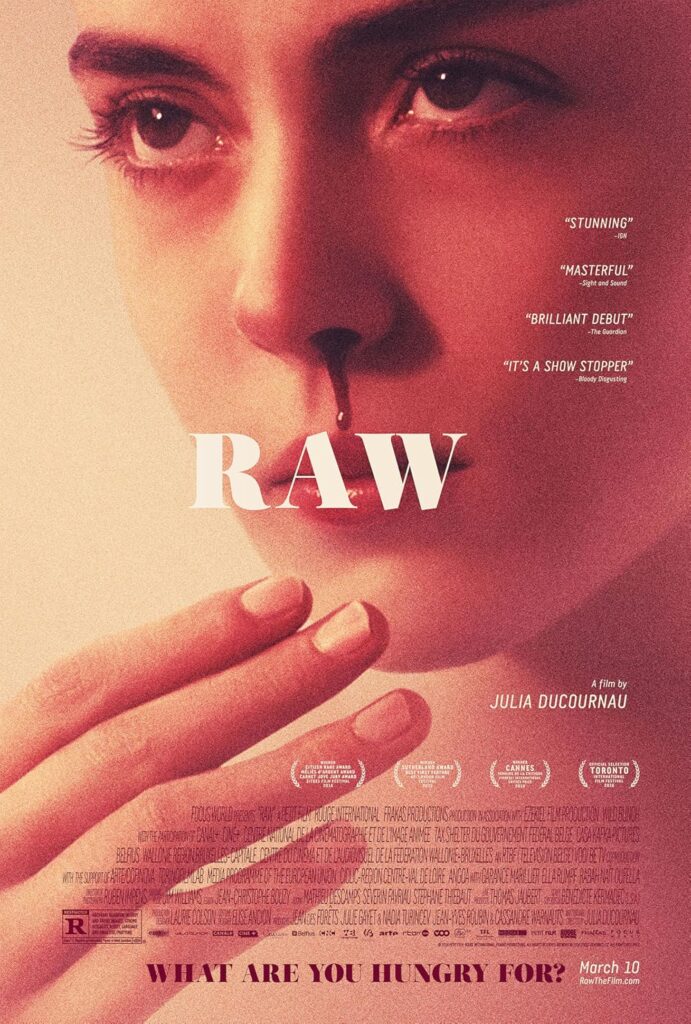
7. Raw (2016)
This French body horror film from Julia Ducournau (who later directed Titane) follows a young vegetarian who develops a craving for human flesh after a hazing ritual at veterinary school.
The film’s mix of body horror and sexual awakening plays as an allegory for queerness — the terror and liberation of discovering who you are, even when it makes others uncomfortable.
Why you should watch: It’s shocking, sensual, and deeply metaphorical — a perfect example of how horror uses transformation to explore identity.
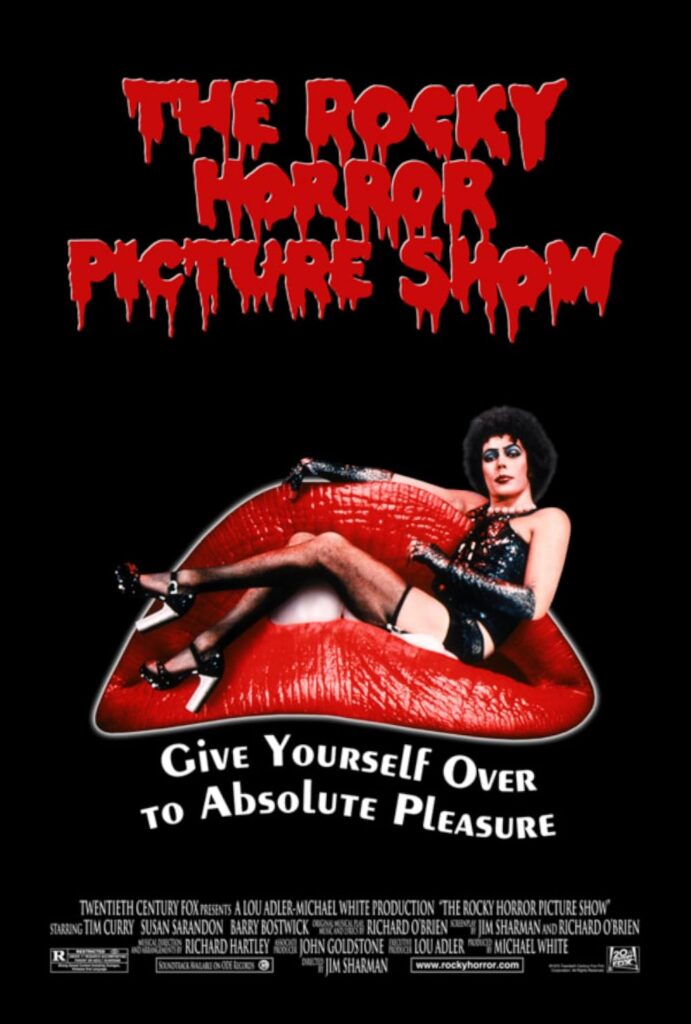
8. The Rocky Horror Picture Show (1975)
No queer horror list would be complete without this cult classic. Equal parts slasher, sci-fi, and musical, it celebrates gender fluidity, sexual liberation, and pure camp. Dr. Frank-N-Furter, played by Tim Curry, isn’t just a character — he’s a queer deity of self-expression.
Why you should watch: Because The Rocky Horror Picture Show taught generations of queer folks that being “too much” is exactly enough.
Final Cut
Horror gives us space to confront our fears — of rejection, transformation, and the unknown — and turn them into power. For LGBTQ+ audiences, these films aren’t just entertainment; they’re catharsis. Whether the monster is society’s prejudice or our own suppressed identity, queer horror reminds us that survival is revolutionary.
So this spooky season, grab your popcorn, dim the lights, and embrace the darkness. After all, horror’s greatest lesson is one the queer community already knows: you can’t keep us in the shadows forever.

